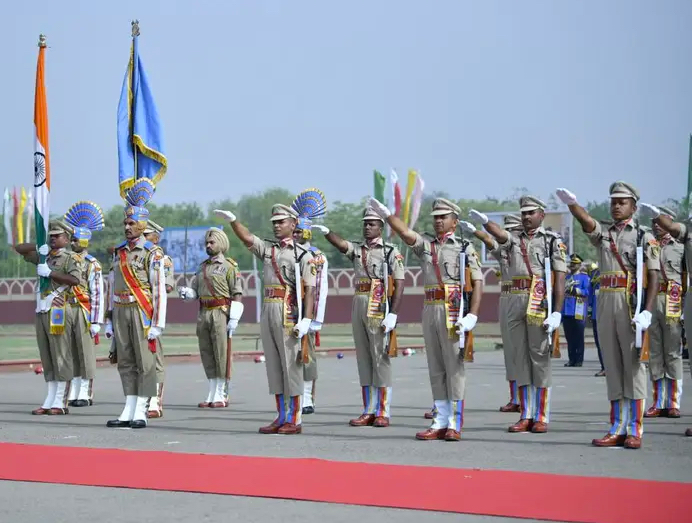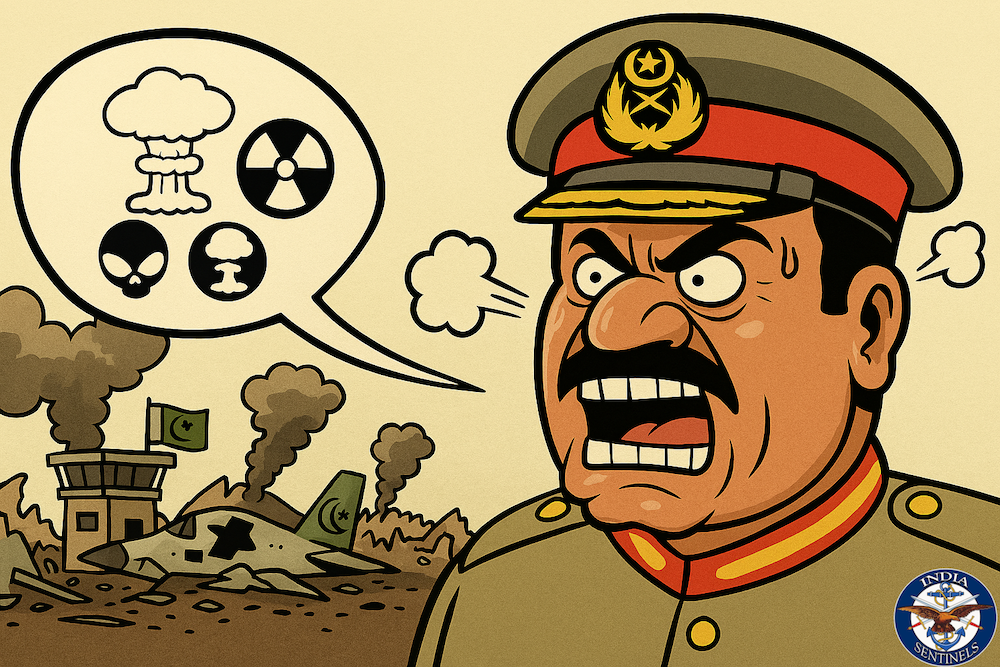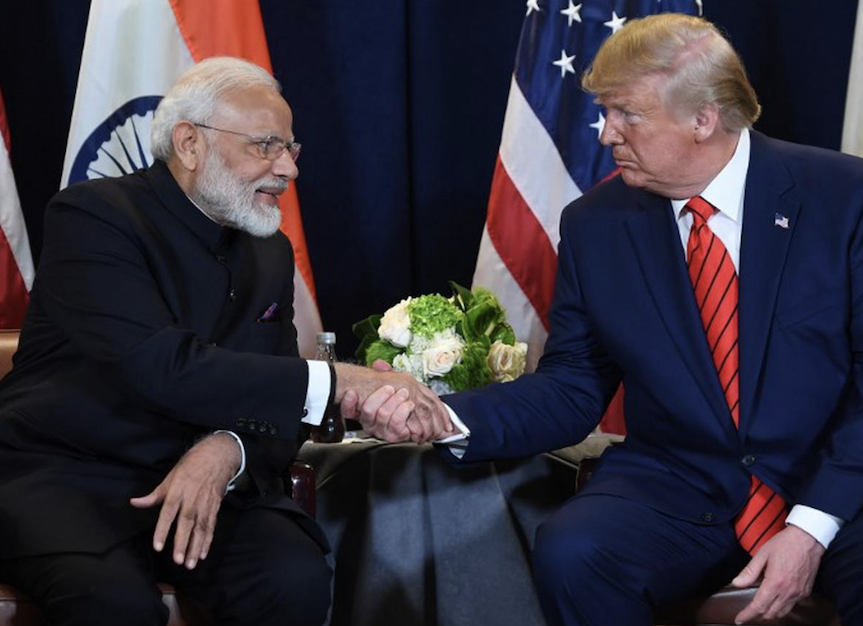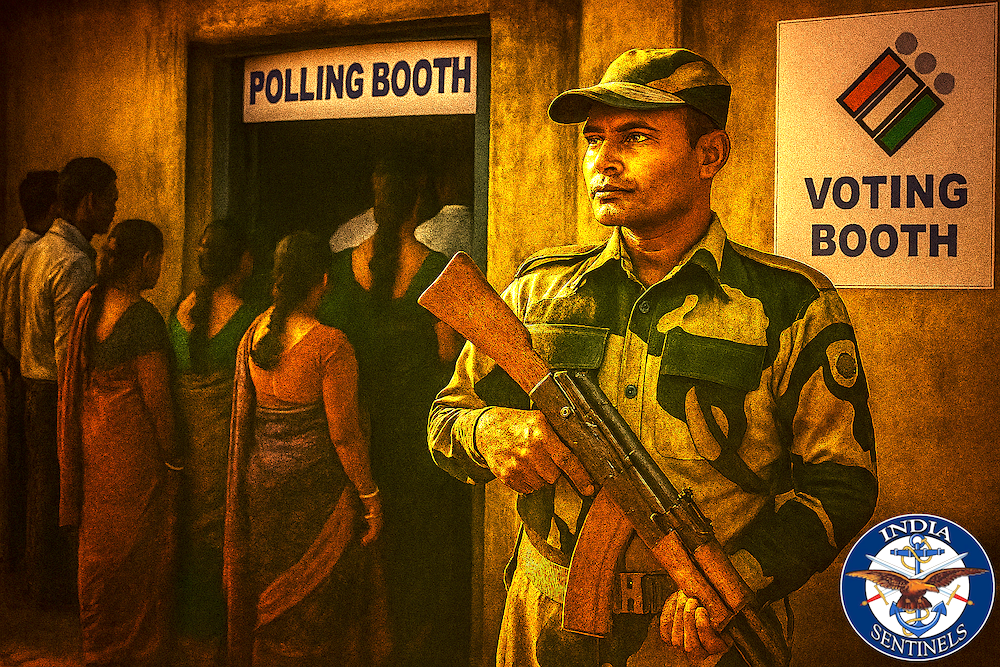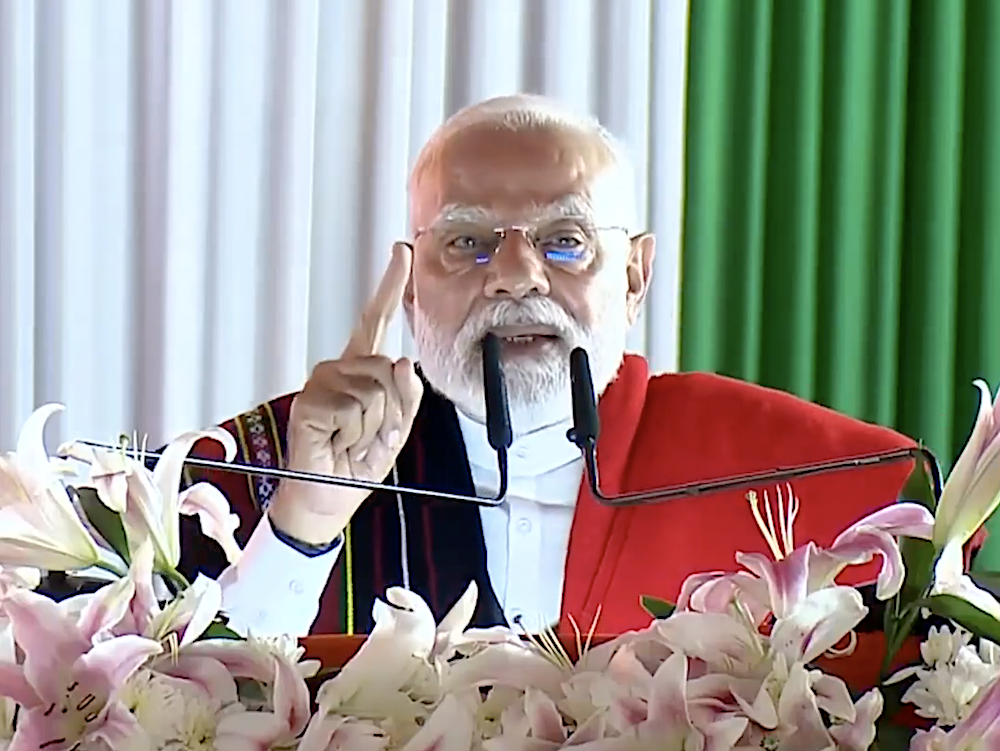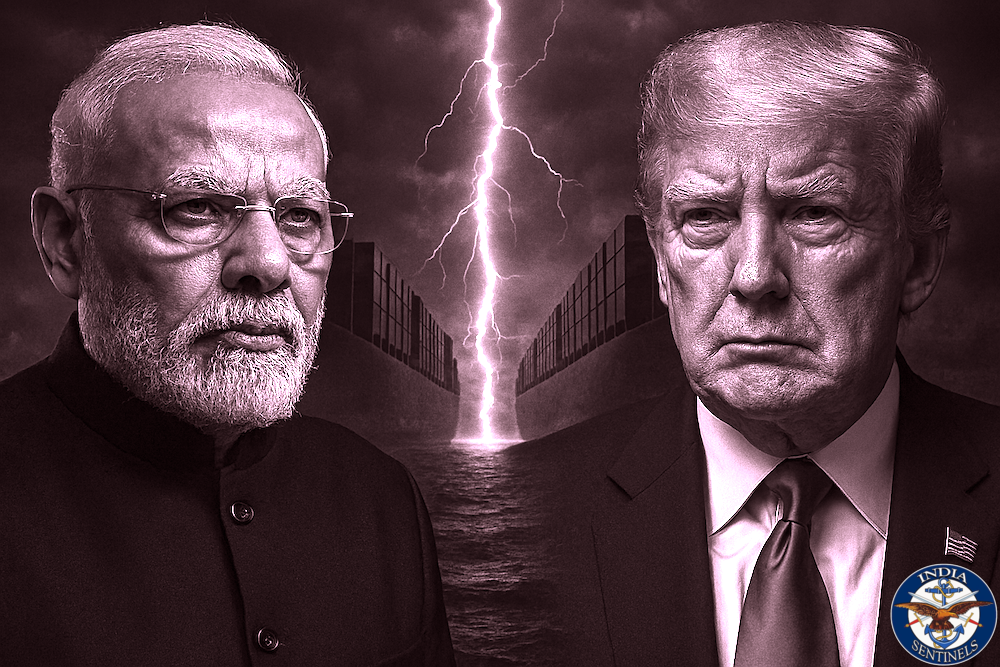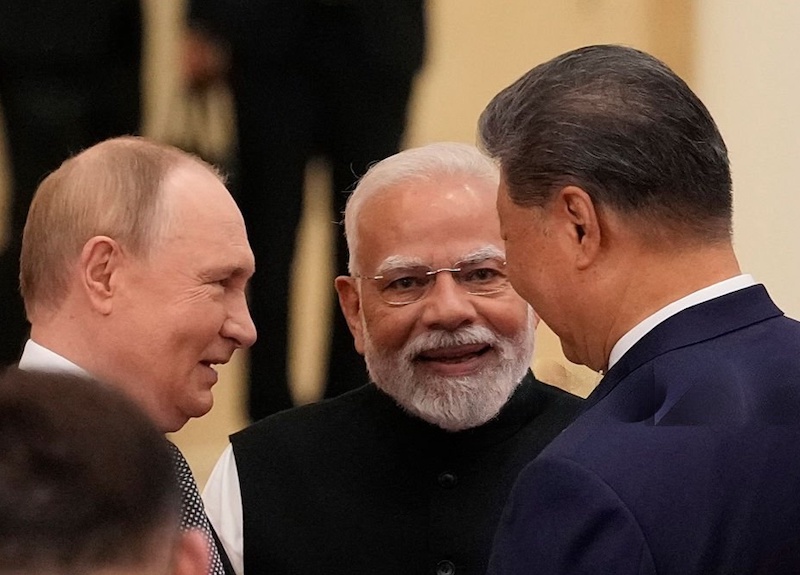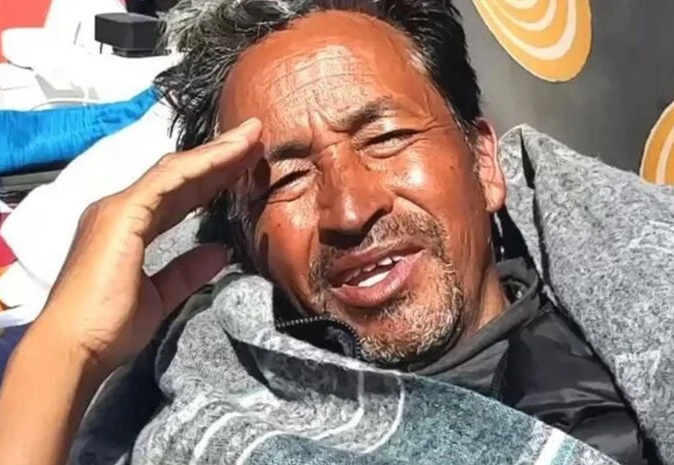 Renowned climate activist and inventor Sonam Wangchuk was arrested under the stringent National Security Act following the Ladakh violence and shifted to a Jodhpur jail. (Photo via X)
Renowned climate activist and inventor Sonam Wangchuk was arrested under the stringent National Security Act following the Ladakh violence and shifted to a Jodhpur jail. (Photo via X)
Ladakh stands as the crown jewel of the Indian federation – a breathtakingly beautiful yet strategically vital region spanning 59,146 square kilometres. Home to 274,289 people according to the 2011 census, this sparsely populated tribal territory serves as India’s sentinel against an increasingly assertive China.
The region’s significance extends far beyond its stunning landscapes. Surrounded by Chinese territory and China-friendly regimes to the northwest and west, Ladakh represents a critical flashpoint in India-China relations. The disputed line of actual control (LAC), with its differing perceptions of alignment between the two nations, creates a tinderbox that could ignite with the slightest provocation.
The people of Ladakh are not merely observers in this great game – they are active participants. These mountain warriors have consistently demonstrated their commitment to India’s territorial integrity and national security. Their loyalty and sacrifice have been unwavering, making the recent violence in Leh all the more troubling for India’s security establishment.
Read also: My Identity Crisis – The CAPF soldier’s perennial dilemma
The Dragon’s Shadow
Since Ladakh’s designation as a Union territory in August 2019, the region has remained in the international spotlight. The June 2020 Chinese incursions along the LAC marked a watershed moment, resulting in the martyrdom of 20 Indian soldiers and highlighting Beijing’s continued territorial ambitions.
China’s claim to the 1959 line and the subsequent creation of buffer zones have fundamentally altered the strategic landscape. Despite 24 military commander-level meetings, little has changed on the ground beyond achieving marginal stability. The fundamental disconnect remains: China treats border issues and bilateral relations as separate matters, while India seeks border peace as a prerequisite for healthy diplomatic ties.
This philosophical divide has left the region heavily militarized, with troops maintaining eyeball-to-eyeball contact across disputed territories. China’s reluctance to retreat and its deep strategic interest in Ladakh have created a permanently unstable situation that demands internal unity more than ever.
Read also: PM’s Manipur Visit – A welcome initiative, but is it too late?
Genuine Expectations Meet Political Myopia
The creation of Ladakh as a Union territory in August 2019 generated unprecedented optimism among the local population. People felt empowered and expected the Union government to address their longstanding demands with the urgency befitting their strategic importance.
Initial signals appeared promising. Three central government ministries supported the National Commission for Scheduled Tribes when it took suo moto cognisance of demands for inclusion under the sixth schedule. The commission recommended bringing Ladakh under the sixth schedule of the constitution after consulting the ministries of home affairs, tribal affairs, and law and justice – all of which raised no objections.
This constitutional protection would have safeguarded tribal status, culture, traditions, and land rights while restricting outsiders from purchasing property. For Ladakhis, this represented protection against their greatest fears: demographic change and large-scale industrial development that could devastate the region’s fragile ecosystem and compromise its security significance.
Read also: Beyond Fencing – The complex reality of India’s most vulnerable border
The Trust Deficit Grows
The Bharatiya Janata Party’s 2020 election promise to provide constitutional safeguards under the sixth schedule proved decisive in their Autonomous Hill Development Council victory. However, the gap between campaign promises and policy implementation has become a source of mounting frustration.
The main demands from the Leh Apex Body – representing the Buddhist-dominated Leh region – and the Kargil Democratic Alliance – representing Muslim-majority Kargil – include statehood for Ladakh, Sixth Schedule inclusion, a separate public service commission, and individual parliamentary seats for Leh and Kargil.
The government’s response has been tepid at best. In December 2019, the ministry of home affairs told parliament that the Ladakh Autonomous Hill Development Council Act 1997 already provided powers "more or less in line with sixth schedule" provisions. By December 2022, the ministry’s response to parliamentary suggestions about sixth schedule status had become even more non-committal, merely stating that the Union territory administration was ensuring development without tribal status.
This bureaucratic deflection marked the beginning of what would become a sustained Gandhian-style protest movement, as Ladakhis sought to impress upon the Union government the legitimacy of their demands through peaceful means.
Read also: End Colonial Charade – Implement SC ruling on CAPF officers now
When Patience Runs Thin
Ladakh’s border state status means that internal unrest reverberates far beyond local politics. The recent escalation of statehood protests into violence – resulting in police firing, four deaths including an army veteran, multiple injuries, and property destruction – represents a security failure of significant proportions.
The arrest of Sonam Wangchuk, the internationally recognised innovator who developed solar-powered tents for the Indian army, particularly complicated the situation. Wangchuk’s nationalist credentials, environmental advocacy, and educational work had made him the Gandhian face of the protest movement. His detention sent shockwaves through both the local community and India’s strategic establishment.
The concern among army veterans has been palpable. Former Northern Army chief Lieutenant General Harcharanjit Singh Panag warned on social media that “the nation will pay a heavy price for alienating the most loyal and patriotic people among us all.” Similarly, Prakash Singh, former director general of the Border Security Force, observed that the irony “could not be sharper” – a region untouched by militancy for decades now finds itself in turmoil because promises of autonomy have been “hollowed out”.
Read also: Despite compulsive détente, China frontier paradox remains for India
External Exploitation of Internal Dissent
China’s intelligence apparatus and propaganda machinery are undoubtedly monitoring Ladakh’s internal situation with keen interest. Beijing has consistently demonstrated its willingness to exploit internal divisions within India, from supporting insurgent groups in the northeast to amplifying separatist narratives in other border regions.
An unstable Ladakh presents China with potential opportunities to advance its territorial claims through information warfare, economic pressure, or even military adventurism. China’s People’s Liberation Army positions along the LAC mean that any significant internal unrest could be leveraged to justify further “defensive” measures or to argue that India lacks effective control over the region.
This external dimension transforms what might otherwise be a routine law and order issue into a matter of national security. The stakes are simply too high to allow the situation to fester without resolution.
Read also: Supreme Court’s CAPF judgment demands immediate implementation
Questions Demand Answers
The escalation to violence raises serious questions about intelligence gathering and threat assessment in this strategically vital region. How did security agencies fail to anticipate the volatile situation? Why were preventive measures not implemented before the situation reached a point where police felt compelled to open fire?
There are also allegations of foreign involvement in the violence that require thorough investigation. Given Ladakh’s proximity to China and Pakistan, and both nations’ track record of supporting anti-India activities, these concerns cannot be dismissed lightly.
The intelligence failure represents more than an operational shortcoming – it reflects a fundamental disconnect between national security priorities and ground-level political management. In a region where every political development has strategic implications, such oversights are inexcusable.
Read also: CAPF Leadership Crisis – Supreme Court speaks, government must act
Statesmanship Over Politics
The solution requires immediate demonstration of statesmanship that transcends narrow political calculations. The Union government must begin by releasing Sonam Wangchuk and other protest leaders to create an atmosphere conducive to dialogue. This gesture would signal sympathy for Ladakhi concerns and help restore the trust necessary for meaningful negotiations.
The demands raised by Ladakh’s people are fundamentally legitimate – they seek protection for their identity, culture, and fragile environment within the Indian constitutional framework. These are not secessionist aspirations but requests for self-governance that would actually strengthen India’s federal structure.
Speed is essential. Every day of delay further damages the relationship between Ladakhis and the Union government, potentially creating space for hostile external actors to exploit. The government must move at “jet speed” to contain the damage to peace and harmony in this strategically crucial region.
Read also: Border security or border combat? India’s western challenge
National Security Imperative
A peaceful and stable Ladakh is not merely a political desideratum – it is a national security imperative. The region’s stability directly affects India’s ability to counter Chinese designs along the Line of Actual Control and maintain its strategic position in the broader Indo-Pacific context.
Accepting Ladakh’s legitimate demands would strengthen rather than weaken national security. Local ownership of governance structures, combined with constitutional protection for tribal rights and environmental concerns, would create a more resilient defence against both external pressure and internal subversion.
The mountain warriors of Ladakh have proven their patriotism repeatedly. It is time for the Indian state to demonstrate reciprocal respect for their aspirations and concerns.
Read also: Decoding Pakistan’s strategic gambit under Field Marshal Asim Munir
The Moment of Truth
The crisis in Ladakh presents the Union government with a defining moment. It can choose to view these protests through a narrow law & order lens, focusing on maintaining control through force. Alternatively, it can recognize the deeper currents at play and address the legitimate grievances that fuel popular discontent.
The latter approach requires political courage and strategic vision. It demands recognition that in border regions facing external pressure, popular legitimacy becomes a critical component of national defence. It requires understanding that constitutional safeguards for tribal communities in strategically vital areas serve national security interests rather than undermining them.
The people of Ladakh are not asking for separation from India – they are asking for protection within it. Their demands for statehood, Sixth Schedule status, and institutional autonomy represent a desire to
strengthen their contribution to national security through local empowerment.
The choice is clear: address these legitimate concerns through dialogue and constitutional means, or risk converting disappointment into chronic unrest that serves only India’s adversaries. For a nation that prides itself on democratic values and federal governance, the path forward should be obvious.
The spirit of the nation must triumph over the spirit of politics. The loyal warriors of Ladakh deserve nothing less than the full faith and support of the Indian republic they have served so faithfully.
The time for action is now, before a manageable political crisis becomes an unmanageable security catastrophe.
Disclaimer: The views expressed in the article are the author’s own and don’t necessarily reflect the views of India Sentinels.
Follow us on social media for quick updates, new photos, videos, and more.
X: https://twitter.com/indiasentinels
Facebook: https://facebook.com/indiasentinels
Instagram: https://instagram.com/indiasentinels
YouTube: https://youtube.com/indiasentinels
© India Sentinels 2025-26

